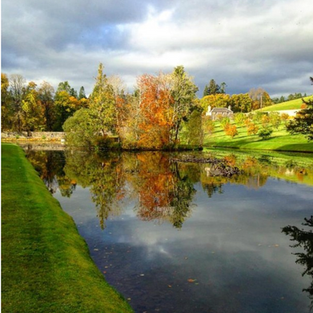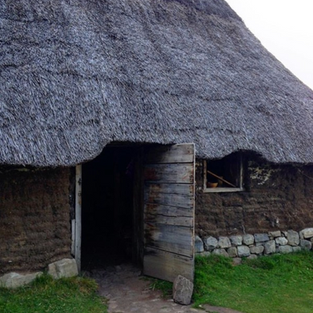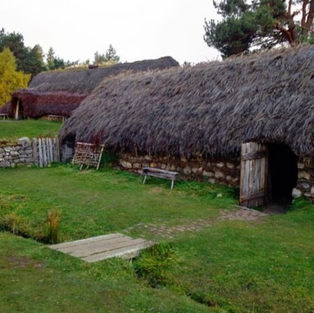Day 13: Blair Atholl & The Highlands
- curveswithkicks
- Oct 22, 2015
- 3 min read
My eye has been set on seeing Blair Castle. It was built starting in 1269. The owner of the land David Strathbogie (Earl of Atholl) was away on the Crusades while his neighbor John Comyn (Lord Badenoch) built a tower on his land. Upon returning from the Crusades, the Earl of Atholl reported Comyn to King Alexander III. The Earl won back his land but kept the tower and then built onto it his own castle. The castle then took on from there being added to and adapted for modern conveniences up through the 18th century with minimal upgrades in the 19th and 20th centuries. Today, much of the work on the castle is done to continually preserve and restore the building and the priceless artifacts. The tour takes you into 30 different rooms. Every room has a specific purpose and is decorated to the finest details with stories of royal connections.
The entire estate (castle + grounds) is a size of 145,000 acres - I cannot even comprehend how big that is. Part of the grounds directly surrounding the castle is a 9-acre walled garden, sculpture trail, forests, adventure playground, very large fields for outdoor events, caravan park/camping grounds, three rivers and a lake for fishing, and hillsides of vast nature open for safari tours, shooting, and animal stalking.
On the far end of the castle, there is a large restaurant and dining area for visitors as well as a lovely gift shop. On the grounds, I was greeted by a peacock as well as a live piper - all adding to the perfect experience here at Blair Castle.
Visit more information about Blair Castle here.
After a delightful lunch at Blair Castle, I then went on a long drive through the southern end of the Highlands. I drove from Atholl up through Aviemore and into Grantown-on-Spey. I then turned back and decided that I needed to get out of the car and walk around a bit before the journey returning to Pitlochry.
I stumbled on a few signs that highly emphasized the Highland Folk Museum, so I pulled off at the picturesque town of Newtonmore. I wasn't sure what to expect - thinking that it would be just a simple exhibit styled indoor museum. I was surprised to find that the Highland Folk Museum is an open-air living history styled museum with real and historically accurate reproductions showing how life was lived from the 1700s-1960s - and the museum is free (with a suggested donation). I arrived about an hour before they were going to close, so I had to prioritize what to see since the entire museum sits on about 1 mile long of different 'villages'. So, the greeter suggested that I visit the 'Township' - a 1700s country village that was used to film Outlander.
To get there, I hopped on a tractor pulled cart and took a trip through the forest to the Township. I was greeted by a really sweet young man dressed in period appropriate attire and he walked me through the reproductions. The homes that were reproduced and used for the filming of Outlander were based on real dwelling foundations discovered in a nearby town from that same era - they even laid out the scale and placement of each home precisely on how the originals were discovered. This isn't just for show - these are real living history curators who work on the land - making fires, taking care of livestock and more, all while greeting visitors and sharing their wealth of knowledge about life in the period they represent. I had a lovely chat with the 1700s man, and then another great chat with the driver of the tractor who has been saving up to come out to Oregon! Who knew!
What a gem of a place to discover!
Visit their website for more information, here.



















































Comments